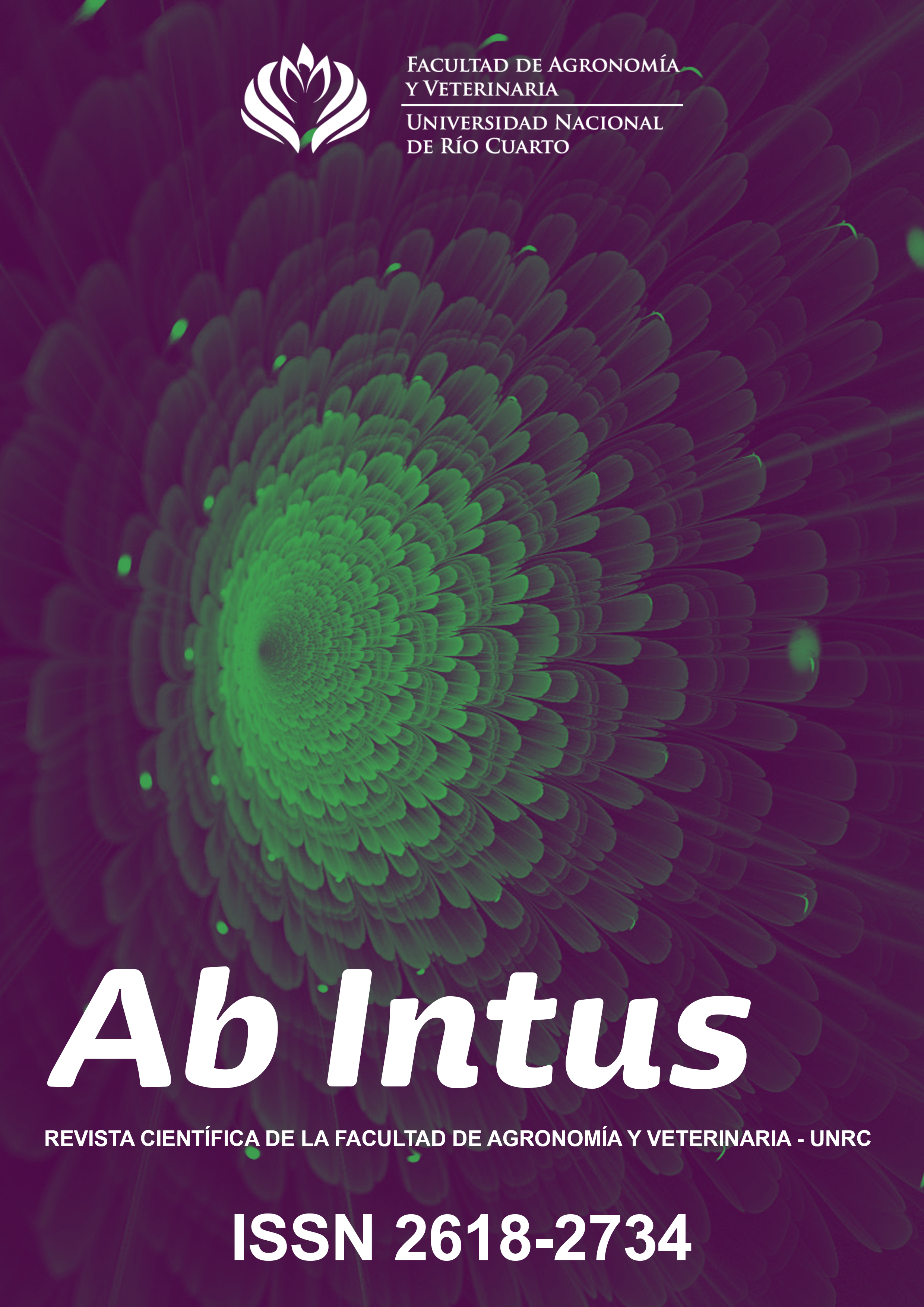Bone mineral density of dog femur bone and resistance to the compression test in the middle of the diaphysis
Abstract
The biological and biochemical properties of the bone tissue represent the sustenance of the mechanical properties of bones. The objectives of this study were to determine the bone mineral density of the femur bone of dogs of differ-ent sizes, ages and sex, to evaluate the mechanical behavior of compression loads in the middle of the diaphysis and to relate the densitology of the bones to their resistance to compression. Femur bones were obtained from 30 adult mongrel dogs between 2 and 14 years old. A transverse osteotomy was performed on the femoral bone in the middle of the shaft from where samples were taken for com-pression test and others for the densitometric analysis. The variables under study were subjected to descriptive and inferential statistical analyzes. The mean values obtained were: bone mineral quantity 1.32 g ± 1.10; bone mineral density 0.60 g/cm2 ± 0.17; force 9.32 KN ± 2.96, deformation 1.11 mm ± 0.49. Femurs from large animals showed significantly greater resistance to compression (p=0.0124) than those from small animals. The femoral bones of male dogs presented greater resistance to compression than those obtained from females (p=0.17). It was de-termined that an increase in the bone mineral density corresponds linearly with an increase in its resistance to the compression test (R2 =0.93, p <0.0001).
Downloads
Downloads
Published
How to Cite
Issue
Section
License
Copyright (c) 2022 Ab Intus

This work is licensed under a Creative Commons Attribution-NonCommercial 4.0 International License.


















